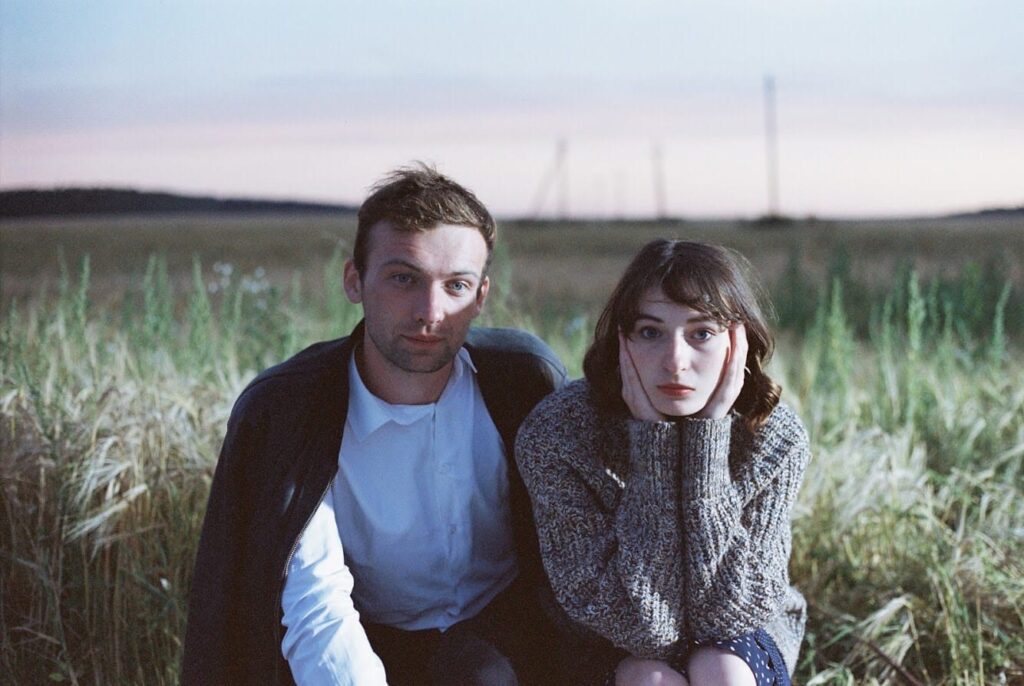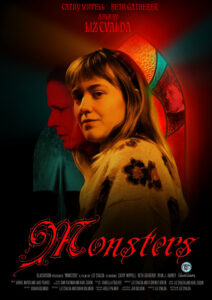
Kirill Khaletsky
Hello Kirill and thank you for granting us this interview
[MS] The style of “Road” reminds us of the French New wave, a film movement from the 1950s and 60s and is considered to be very influential in cinema history, was it your source of inspiration? If not, what was it?
[Kirill] Without any doubts, the film feels like French New Wave, but the main inspiration behind “Road” was the filmmaker Robert Bersson, who mostly worked alone and helped new upcoming talents from time to time. His works, philosophy and specific style is really fascinating to me and is what eventually helped me to build my own story. I feel like all these things like asceticism, the simplicity of acting, spontaneity are what directors rarely use these days. I wanted to remind the viewers that occasionally what seems new today has simply been forgotten
[MS] “Road is about “the relationship between people”, Why did you want to tell this specific story?
[Kirill] There’s nothing more important in the world as the relationships between people. Love, betrayal, wisdom, understanding each other – it’s all about the people. The story of my film is simple at first glance, but I suggest the viewers to open up their hearts and try to feel this film more through their soul, rather than blankly stare with their eyes.
[MS] What did you enjoy most while directing “Road”?
[Kirill] The unity and solidarity of my crew. We wanted to make a real movie. Everybody was so excited to bring this story to life, even though at the timeI was the only one who understood the whole idea and the concept behind “Road”. When we presented the finished product to the whole crew, some of them “felt”/”lived” through it again, now fully understanding.



[MS] What was the hardest scene to film?
[Kirill] When movies were shot exclusively on film, shooting kids or animals was one of the most unpredictable scenes of the whole process, because it took so many takes to get the right shot. The same situation occured when working on our film. Arseniy (the boy) rehearsed a lot, added little bits by himself and improvised here and there. Even though he’s not in the shot for a long time, his cameo is a crucial moment. It took us a lot of effort and patience before we got exactly what I wanted to see from Arseniy, and I think it is quite noticable.
[MS] What about the Black and white palette and the 4:3 aspect ratio, tell us more about that choice?
[Kirill] The black&white palette and the four to three aspect ratio represents the poverty of today’s human thinking. Nowadays we are used to perceive only the information we want to see, only in colors that we are able to see. Eventually, when a person discovers something new, his entire world can turn upside down, his views may drastically change – just like at the end of “Road”, when the frame widens and the colours slowly appear.
[MS] How did you choose your cast and how was the experience working with them?
[Kirill] I always take casting very seriously, and do it thoroughly. Social status and pleasant appearance are not quite enough for me. I tend to concentrate on how the person feels about the upcoming project. I talk to the casting actors, feel their essence, and literally decided on the spot whether it felt right or not. Shooting the film, I was so pleased with the final cast. I would rather say there’s no actors in the frame, it’s always people. They’re not acting, they are being honest to themselves. To my mind there is nothing worse than poorly casted actors.






[MS] What are you currently working on?
[Kirill] Right now I’m working on a brand new scenario, hopefully as powerful as “Road”. But at this moment I can only imagine specific scenes based around the main concept, there’s still a lot to work on. I hope I will start bringing this idea to life this summer.
[MS] Any final thoughts at the end of this interview?
[Kirill] Also I would like to mention that I’m open to new projects – you can contact me at [email protected] . Whether you’re a writer, producer or a operator – I would always be happy to get in touch! Watch and make good films.







